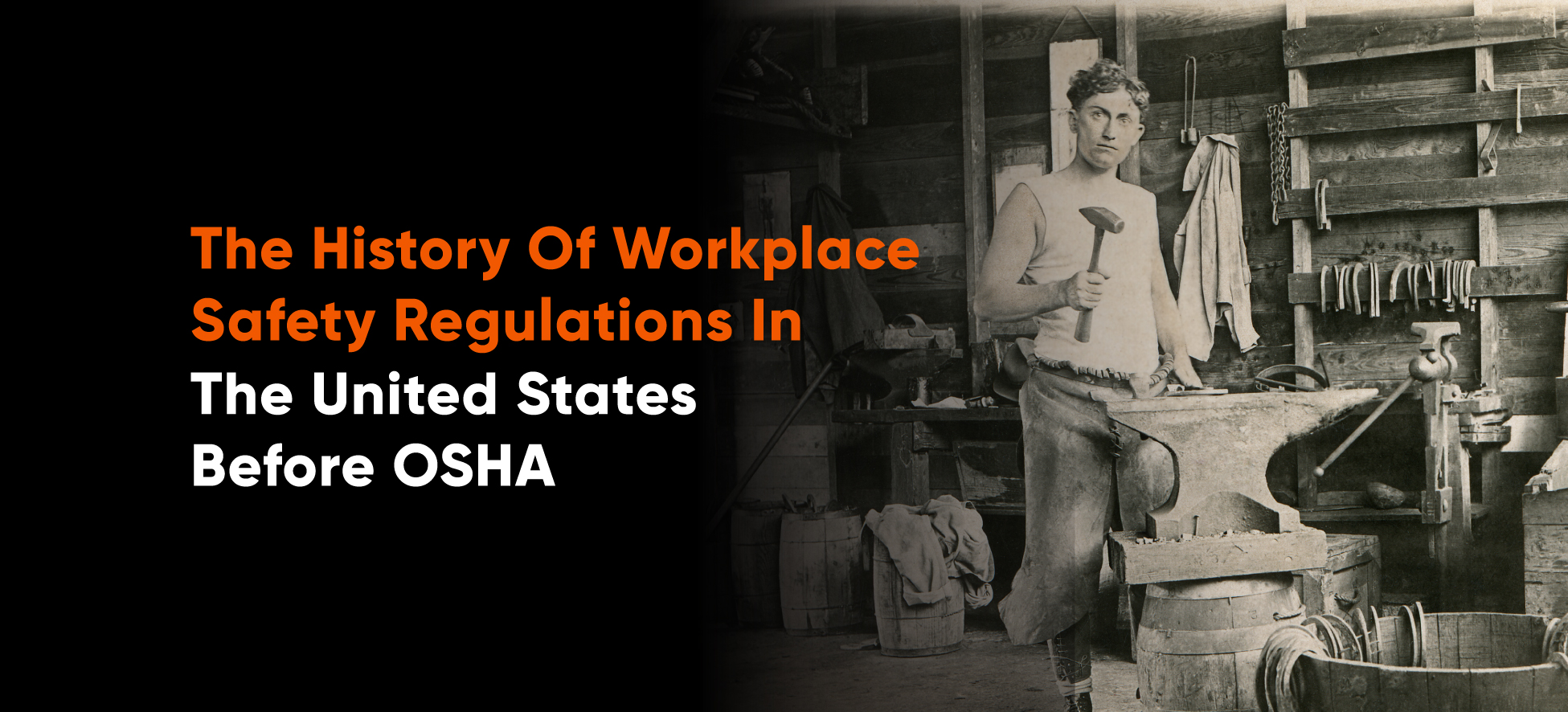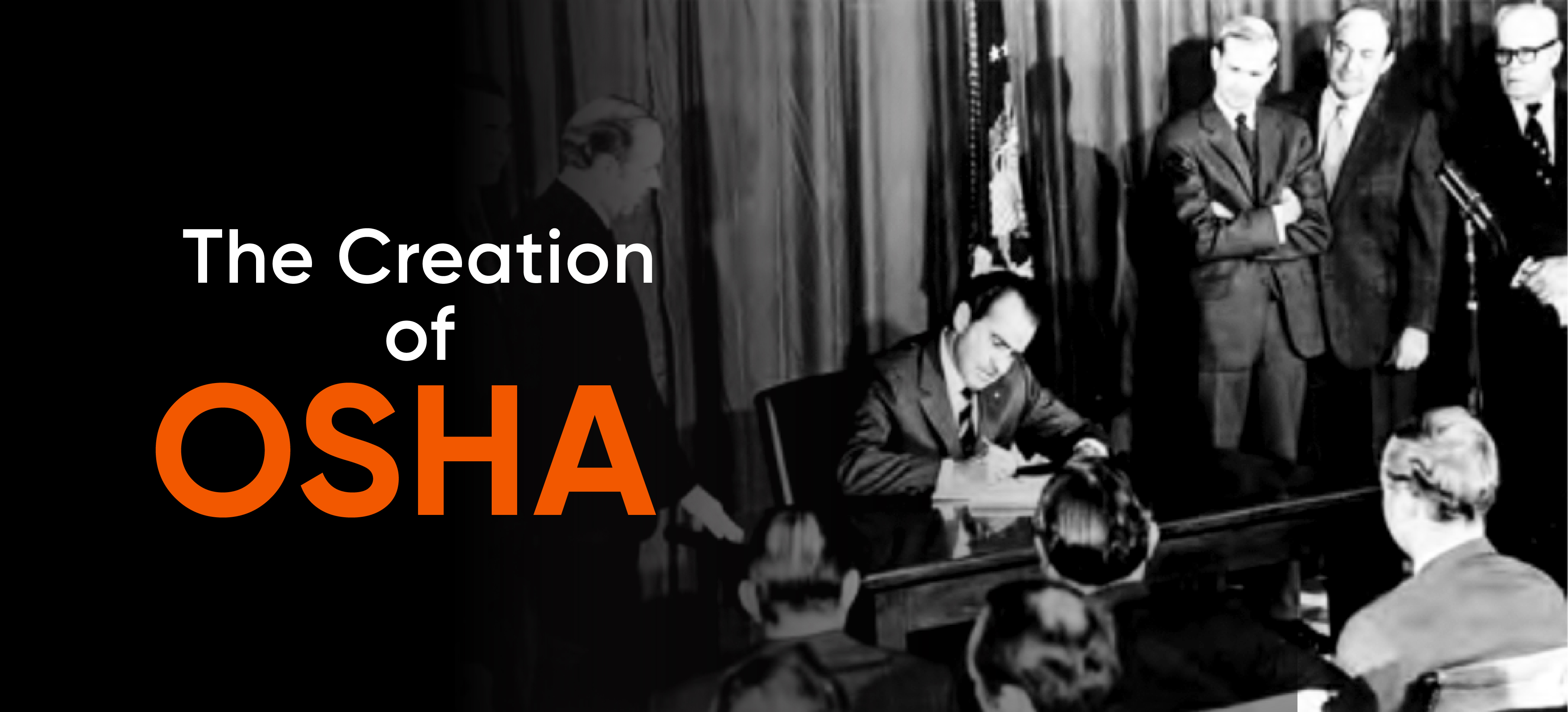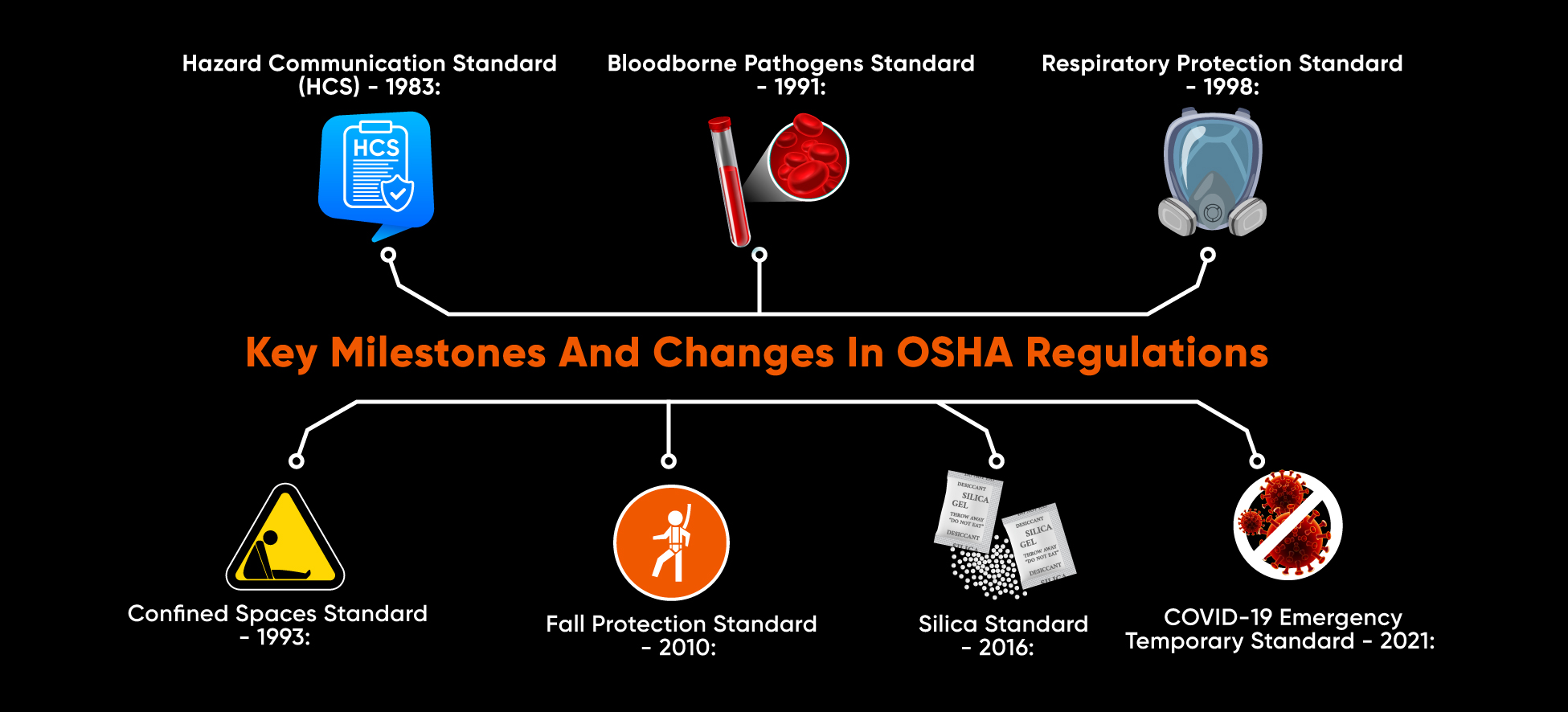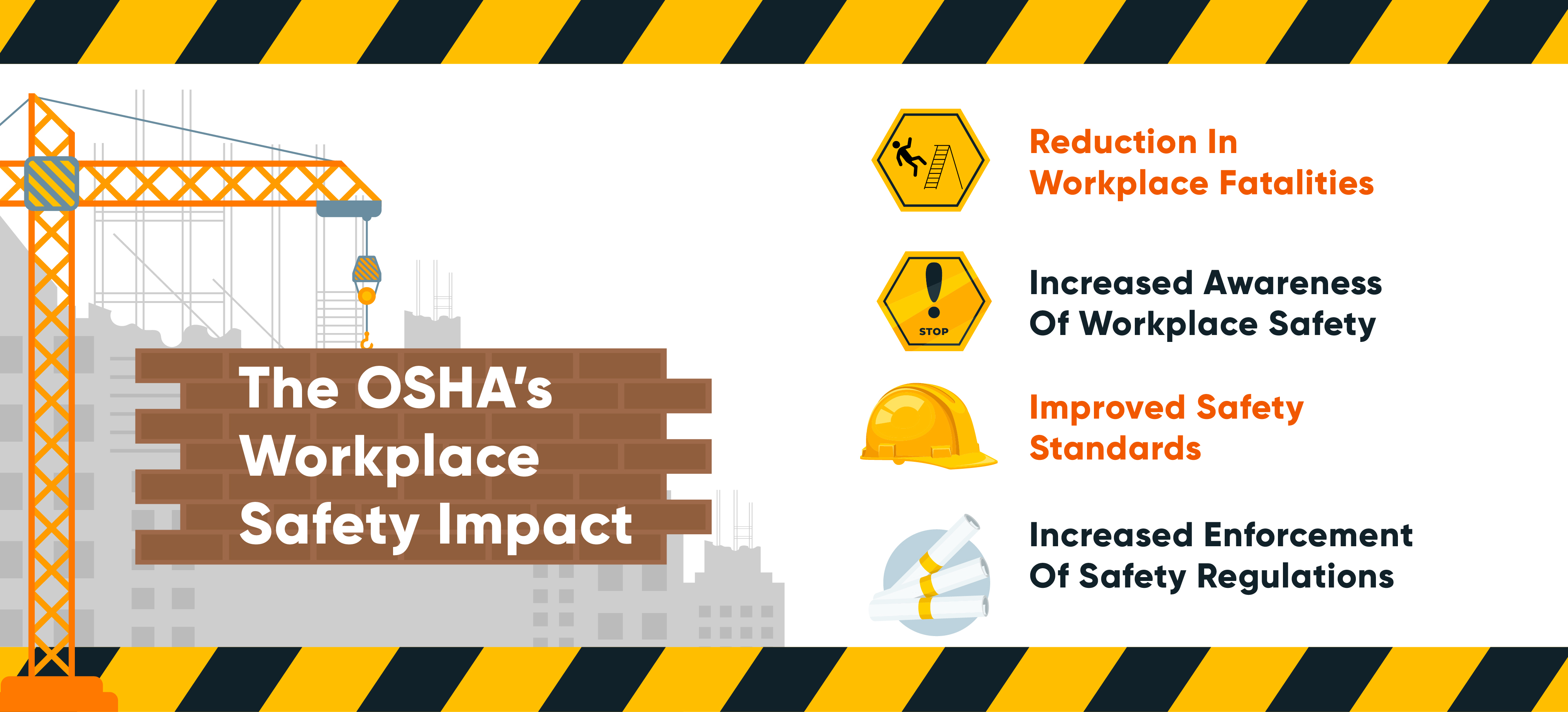

The contribution of the Occupational Safety and Health Administration (OSHA) in making the workplace safe and secure and combating many workplace safety issues is genuinely commendable. However, the number of cases of on-job accidents and illnesses due to several hazards was rising daily, a growing concern in the United States.

Helping firms follow workplace safety regulations, OSHA introduced its 10 Hour and 30 Hour training courses that are not only easy to attend but add significant value to the business and in the career development of its employees. So, let's dive into learning about the brief history of OSHA.

Before establishing the Occupational Safety and Health Administration (OSHA) in 1971, workplace safety regulations in the United States were a patchwork of state and local laws and industry-specific codes and standards. The earliest workplace safety regulations in the U.S. can be traced back to the late 19th century when individual states began to pass laws governing factory safety and child labor. However, these regulations were often limited in scope and enforcement, and workplace injuries and fatalities remained too familiar.
In the early 20th century, lawmakers and advocacy groups began to play a more active role in regulating workplace safety, considering the public outcry. In 1910, Congress passed the first federal safety law, the Employers' Liability Act, which established the privilege of workers to sue their employers for injuries sustained on the job. In the early 1990s, around 23,000 industrial fatalities were recorded in the United States. In 1970, the year before OSHA was established, there were approximately 14,000 workplace fatalities and 2.5 million workplace injuries in the U.S. Apart from this, before the establishment of OSHA, only 38 states had workplace safety and health programs in place, and many of these programs were limited in scope and enforcement.
These statistics suggest that despite efforts to regulate workplace safety at the federal and state levels, workplace injuries and fatalities remained a significant problem and that there was a need for a more comprehensive approach to addressing these issues. As a result, over the next several decades, other federal laws were passed, including the Federal Employers' Liability Act in 1908, the Walsh-Healey Public Contracts Act in 1936, and the Coal Mine Health and Safety Act in 1969. These laws established safety standards for specific industries and expanded the government's role in promoting workplace safety in the Occupational Safety and Health Act 1970.
Despite these efforts, however, workplace injuries and fatalities continued to be a significant problem in the U.S. By the 1960s, it was clear that a more comprehensive approach to workplace safety was needed, which led to the creation of OSHA in 1971.

The Occupational Safety and Health Administration was created in 1971 as part of the Occupational Safety and Health Act. President Richard Nixon signed the act into law on December 29, 1970, and it went into effect on April 28, 1971. The creation of OSHA was a response to growing concern about workplace safety in the U.S. in the 1960s. In the years leading up to the establishment of OSHA, several high-profile industrial accidents brought attention to the issue of workplace safety, including the 1968 Farmington Mine disaster in West Virginia, which killed 78 miners.
OSHA was established to promote and enforce workplace safety standards across the U.S. It introduced the Process Safety Management Standard to overcome workplace injuries and fatalities. The agency is responsible for setting and enforcing Hazard Communication Standards for most private-sector workplaces and state and local government workplaces in states that do not have OSHA-approved programs.
OSHA also provides safety training, outreach, and education to employers and workers and researches workplace safety and health issues. The agency is part of the U.S. Department of Labor and is led by an Assistant Secretary of Labor for Occupational Safety and Health. Furthermore, OSHA safety training is divided into two primary categories of training courses: OSHA 10-Hour and OSHA 30-Hour.

There have been several key milestones and changes in OSHA regulations. These are just a few examples of the critical milestones that OSHA continues to update and refine its regulations in response to new workplace hazards and changing technology.
In addition, the following Standards are thoroughly educated in OSHA 10-Hour and OSHA 30-Hour General Industry courses:


Since its establishment, OSHA has significantly impacted workplace safety in the United States. It has brought about a considerable change and is recommended highly by all the leading firms irrespective of any industry. Here are some of how OSHA has improved workplace safety through its valuable enforcement methods:
OSHA has improved workplace safety in the United States over the past 50 years. While there is still more work to ensure that all employees are protected from workplace hazards, OSHA's efforts have undoubtedly saved countless lives and prevented many workplace injuries and illnesses. However, they have faced innumerable challenges and controversies.

Learn about some of the most notable challenges and controversies that OSHA has encountered until recently.

Industries have come a long way, developing themselves and making workplaces safer and more secure. The regulation enforced by OSHA has protected the life of every employee and taught them ways to stay safe. From teaching them how to use and handle equipment to guiding them about ways to respond to any emergency, the organization has been contributing to the safety and well-being of people in the United States. One can always go right by taking OSHA Safety Training courses as it has long-term benefits that employees and employers get over time. For example, enrolling in OSHA 10-Hour and OSHA 30-Hour Construction Industry courses can benefit both your career in the Construction Industry in the long run and the health and safety of your workplace will be maintained.